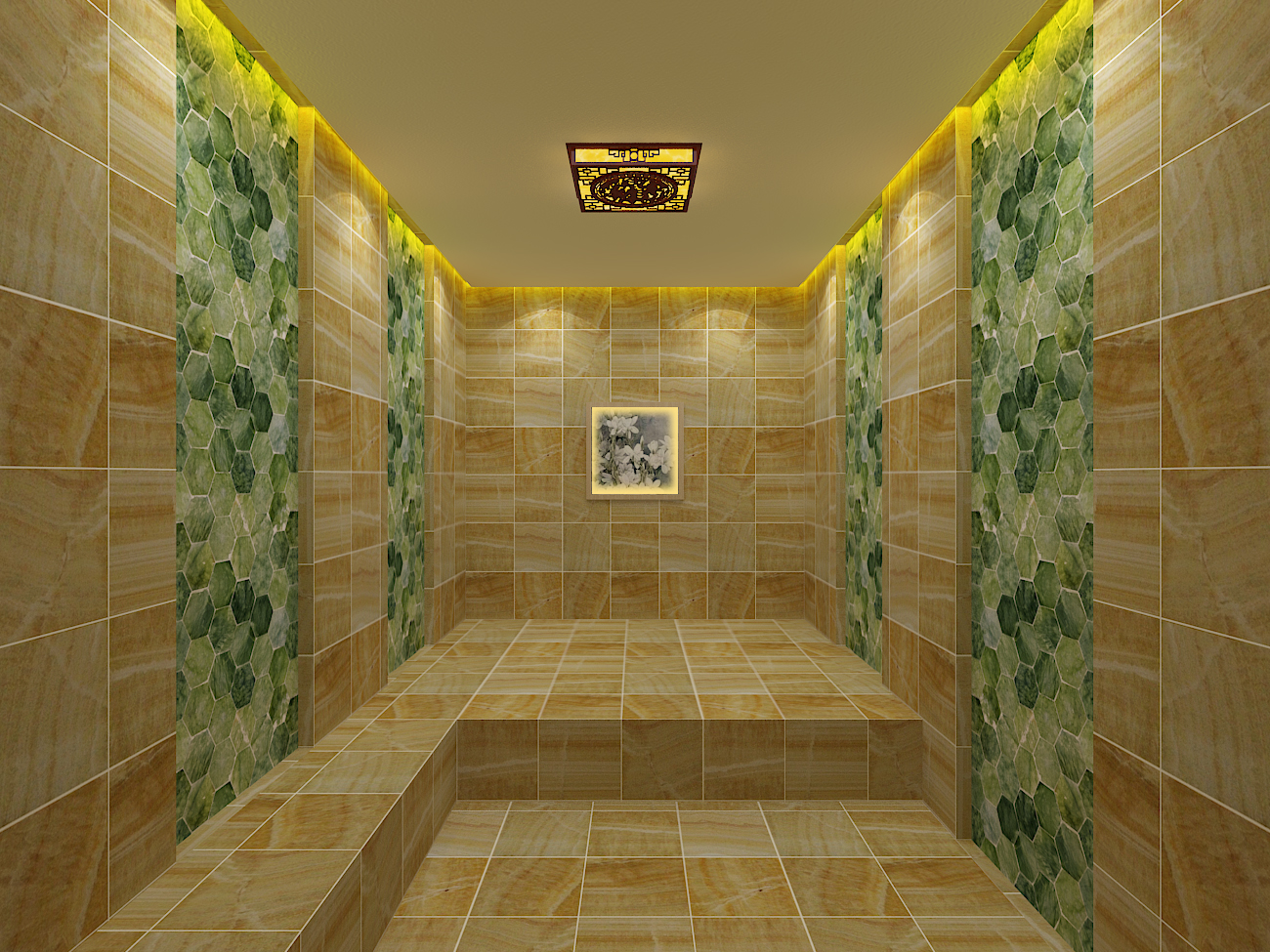
In the design and construction of a sweat room, especially in the northern region where the climate has distinct characteristics, the choice of ceiling material is of paramount importance in preventing condensation and maintaining a dry atmosphere. This not only affects the comfort and usability of the sweat room but also has implications for its durability and overall functionality.
In the northern climate, the temperature difference between indoor and outdoor is often significant, especially in winter. When the warm and humid air inside the sweat room comes into contact with the relatively cold ceiling surface, condensation is likely to occur. This condensation can lead to a series of problems. Firstly, it can create a damp environment that is not only uncomfortable for users but also conducive to the growth of mold and mildew. Mold can have a negative impact on health, causing respiratory problems and allergies. Secondly, excessive condensation can cause damage to the ceiling structure over time. The water droplets can seep into the ceiling materials, leading to deterioration, warping, or even rot, reducing the lifespan of the ceiling and potentially compromising the safety of the entire room.
The choice of ceiling material plays a crucial role in combating condensation. Materials with good thermal insulation properties can help reduce the temperature difference between the inner and outer surfaces of the ceiling, thereby minimizing the occurrence of condensation. For example, materials like insulated metal panels or certain types of composite materials with built-in insulation layers can effectively prevent heat transfer. These materials act as a barrier, keeping the warm air inside the sweat room from rapidly cooling when it reaches the ceiling, and reducing the likelihood of condensation forming.
In addition to thermal insulation, the ability of the ceiling material to resist moisture is also essential. Materials that are impervious to water or have high water resistance can prevent water droplets from penetrating and accumulating within the material. Some plastic-based or coated materials can offer good moisture resistance, ensuring that the ceiling remains dry even in the presence of condensation. They can be easily wiped clean and maintain their integrity, preventing the negative effects of moisture on the ceiling's appearance and structure.
A dry atmosphere in the sweat room is crucial for a pleasant and healthy experience. The choice of ceiling material can contribute to maintaining this dryness. Ceiling materials with good ventilation properties can allow any moisture that does accumulate to evaporate more quickly. For instance, some perforated or breathable ceiling panels can promote air circulation between the ceiling and the room, helping to disperse moisture and prevent it from lingering. This ventilation also helps to reduce the humidity level in the room, further minimizing the risk of condensation and creating a more comfortable environment.
Moreover, materials that are easy to clean and maintain can help keep the ceiling surface free of moisture and contaminants. A smooth and non-porous ceiling material can be wiped down regularly to remove any water droplets or condensation that may have formed, ensuring that the dry atmosphere is maintained. This not only keeps the ceiling looking clean and attractive but also helps to prevent the build-up of mold and mildew, which can thrive in a moist and dirty environment.
When choosing a ceiling material for a northern sweat room to prevent condensation and maintain a dry atmosphere, several factors need to be considered. Firstly, the cost of the material must be taken into account. While high-quality materials with excellent condensation prevention and moisture resistance properties may be more expensive initially, they can provide long-term savings by reducing maintenance costs and extending the lifespan of the ceiling. Secondly, the aesthetic appeal of the material should also be considered. The ceiling material should fit in with the overall design and decor of the sweat room, creating a pleasing and relaxing environment. Thirdly, the installation complexity of the material is an important factor. Materials that are easy to install can save time and labor costs during the construction process, ensuring that the sweat room can be completed and put into use more quickly.

